
Apply electrical components on a crane
Keyword:electrical components, crane Time:2018-11-27 19:17:27
Apply electrical components on a crane
The eight most commonly used electrical control elements in the circuit are circuit breakers, contactors, relays, thermal relays, buttons, lamps, universal switches and switches. We need to understand their role in the circuit to master the normal operation of these components. Here are the principles and applications of some commonly used electrical components of cranes.
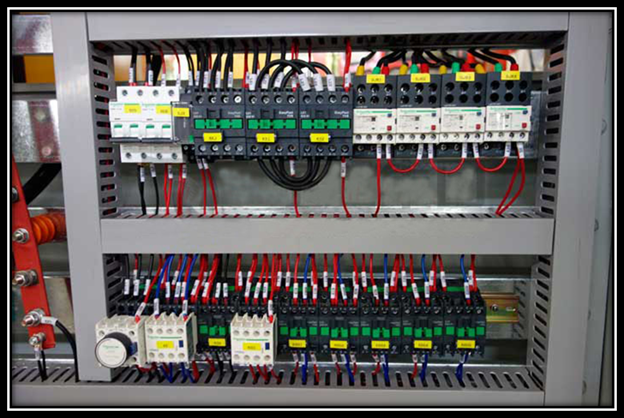
Circuit Breaker
Low voltage circuit breakers are also called automatic air switches, which can be switched manually. Its function is to distribute electrical energy, but do not start asynchronous motors frequently. Second, it can protect power lines and motors. When the machine is seriously overloaded, it can automatically cut off the circuit and lead to short circuit. QF is a character symbol of a circuit breaker
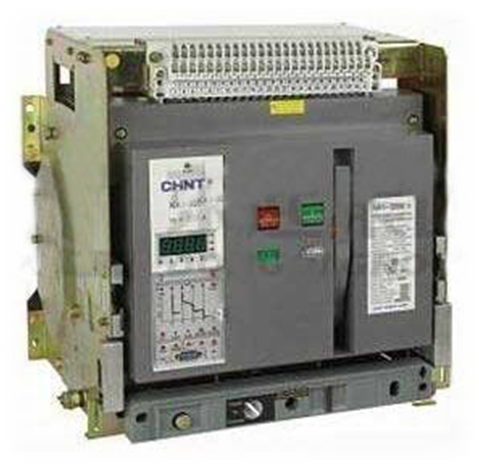
Contactor
The electromagnetic mechanism and the contact system make up the contactor. AC220V, AC380V and DC220V are the most common coil voltages of contactors. The electromagnetic mechanism of contactor is composed of coils, iron core (armature) and static core. The contactor contact system is composed of main contacts and auxiliary contacts. The main contact used for controlling the main circuit is the auxiliary contact for the control circuit. The character symbol of the contactor is: KM
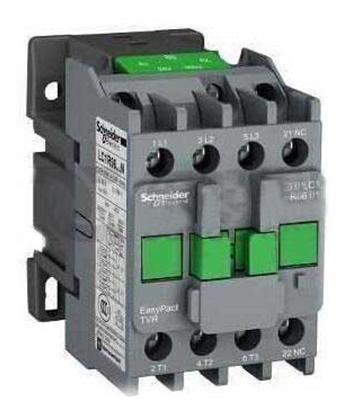
Thermal Relay
The machine that uses the principle of thermal effect generated by the current through the element to counteract the time limit is a relay, also known as a thermal relay. FR is the character symbol of the thermal relay.
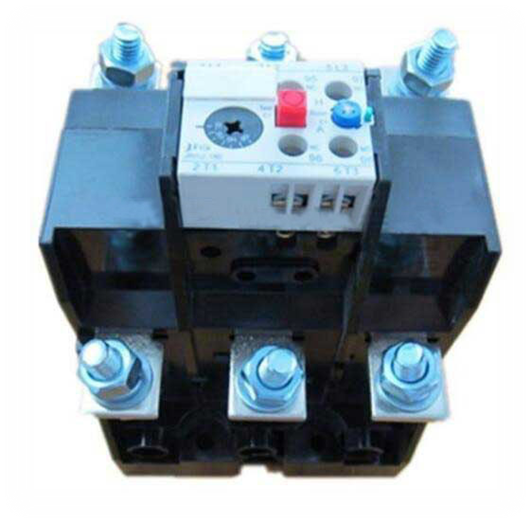
Intermediate Relay
Intermediate relay can transform the input signal into multiple output signals or amplifying signals, or increase the contact capacity of the relay. Voltage relay is its essence, but it has as many as eight pairs of contacts, each contact has 5-10A capacity, the action is really sensitive.
The logarithm of the contact can be extended by the intermediate relay when the number of the contacts of other electrical appliances is not enough. In addition, the contact capacitance can be extended through the intermediate relay. KA is the character symbol of the intermediate relay
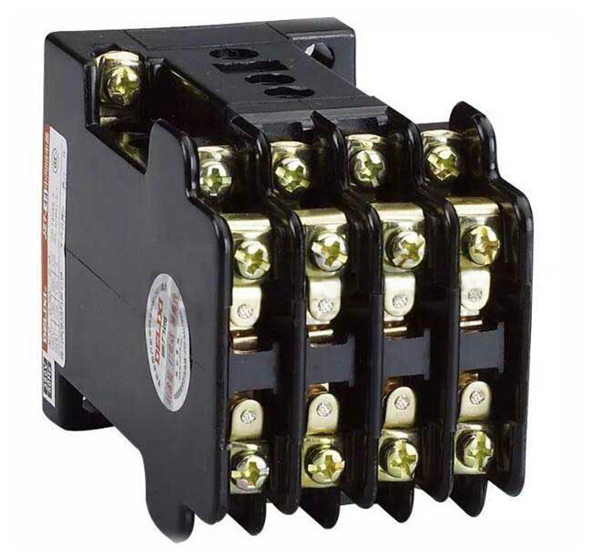
Button
You must select the number of button contacts, use occasions and colors according to the actual application. For example, La18, La19, La20 and other series of buttons are commonly used, they are in AC500 V, DC440V, rated current 5A, control power in AC300 W, DC70W control circuit can be applied. SB button literal symbols.
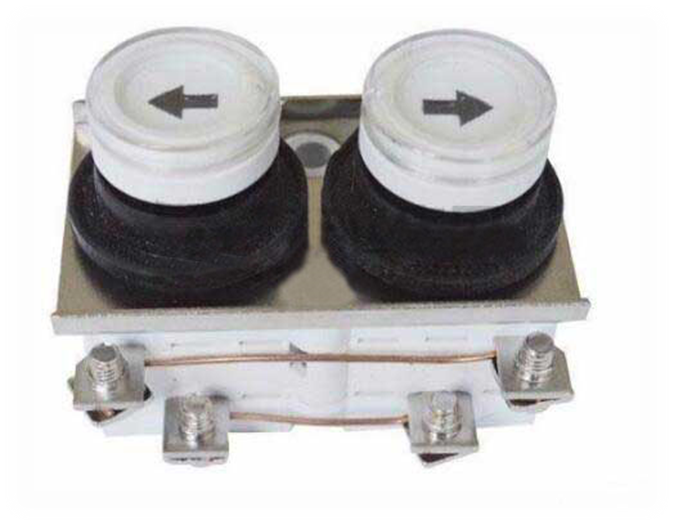
For button color requirements:
The red button represents the stop button and the emergency stop. The device must be stopped or shut down when the red button is pressed.
The green button is the start.
Black buttons must represent starting and stopping, sometimes using white or gray, and red and green buttons are not used.
The "point movement" button must be black.
The reset color of the relay must be blue. When the reset button is stopped, its color must be red.
Indicator Light
The running or stopping state of the device is represented by it.
Have a normal monitoring power supply.
Monitoring normal trip circuit using red light, monitoring closed circuit normal use of green light.
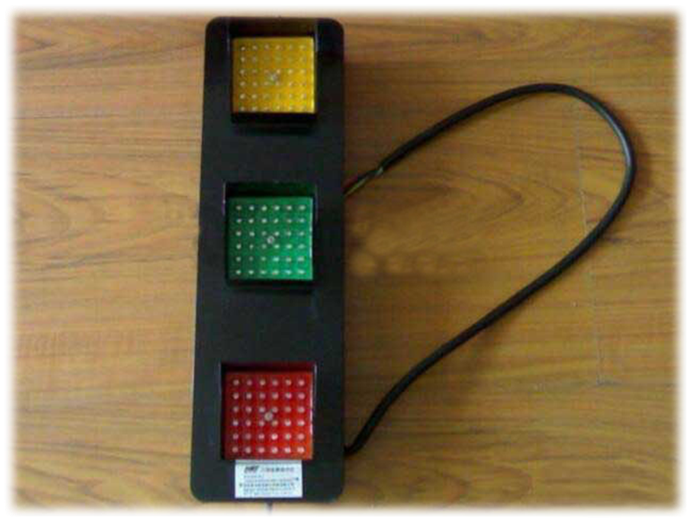
Switch
The universal switch is composed of an operating mechanism, a panel, a handle and a plurality of contacts. SA is a word symbol for a general switch.
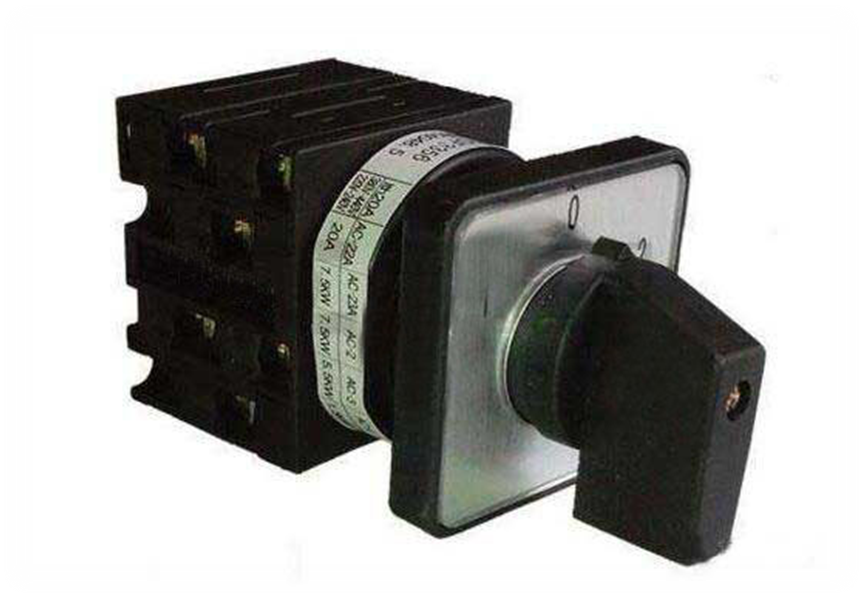
When the handle is transferred to different gears, the black point is used to indicate the fracture state of the contact. If the contact is disconnected, the black spot is closed with no black spots on it.

- No information
-
1. Design objective of electronic crane scale network management. (1) Adopt advanced distributed data processing techno…
-
Electronic crane scale bearing platform installation to focus Electronic crane scale can be installed generally on the li…


